Homemade Lemon Curd – This sweet, creamy, and lemony tart spread will brighten up all of your breakfast and tea time goodies!
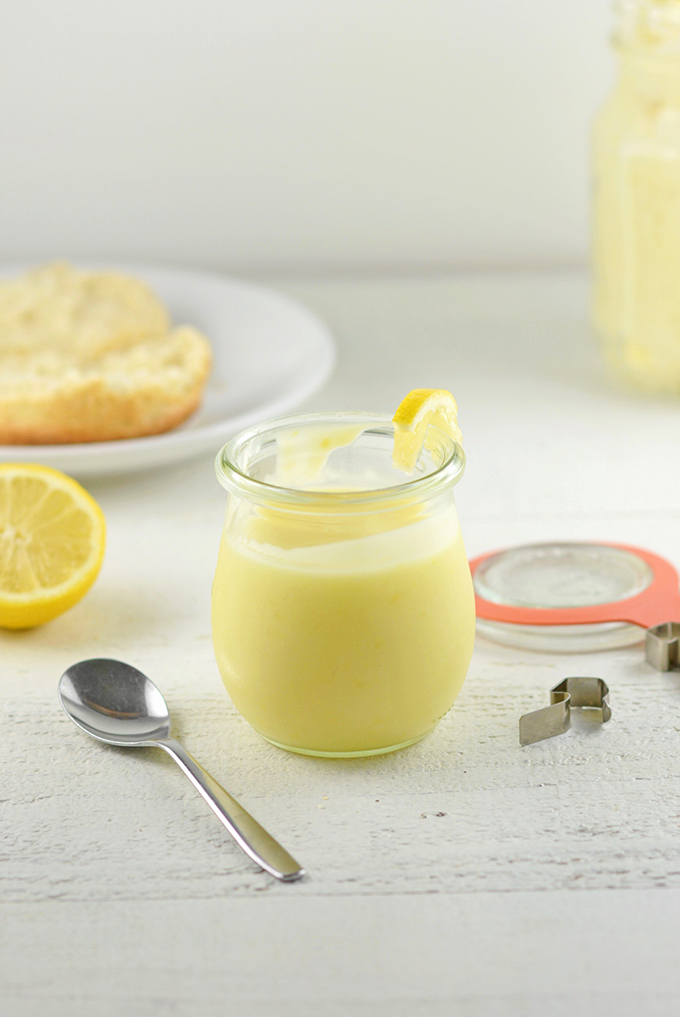
I was first introduced to lemon curd back in the year 2000. I was living with my grandparents in Kathmandu, Nepal at the time. They did relief work with Tibetan Refugees. Being 15 years old at the time, I attended an International school.
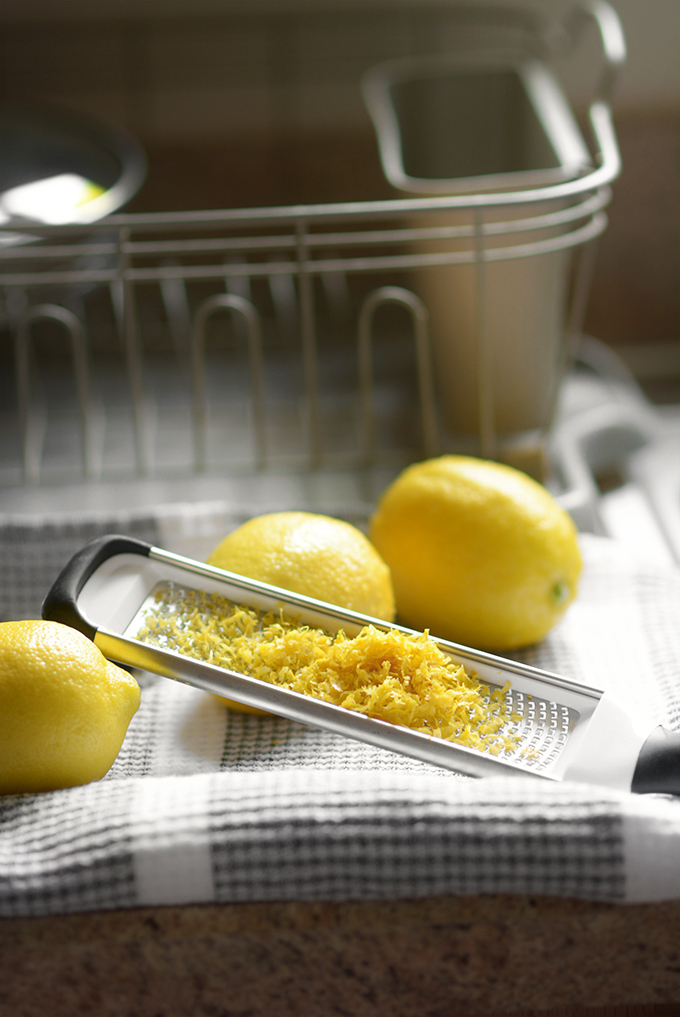
At school I met all kinds of cool and interesting people from all over the world, including a number of British friends. One such friend would have me over to her house for breakfast weekly.
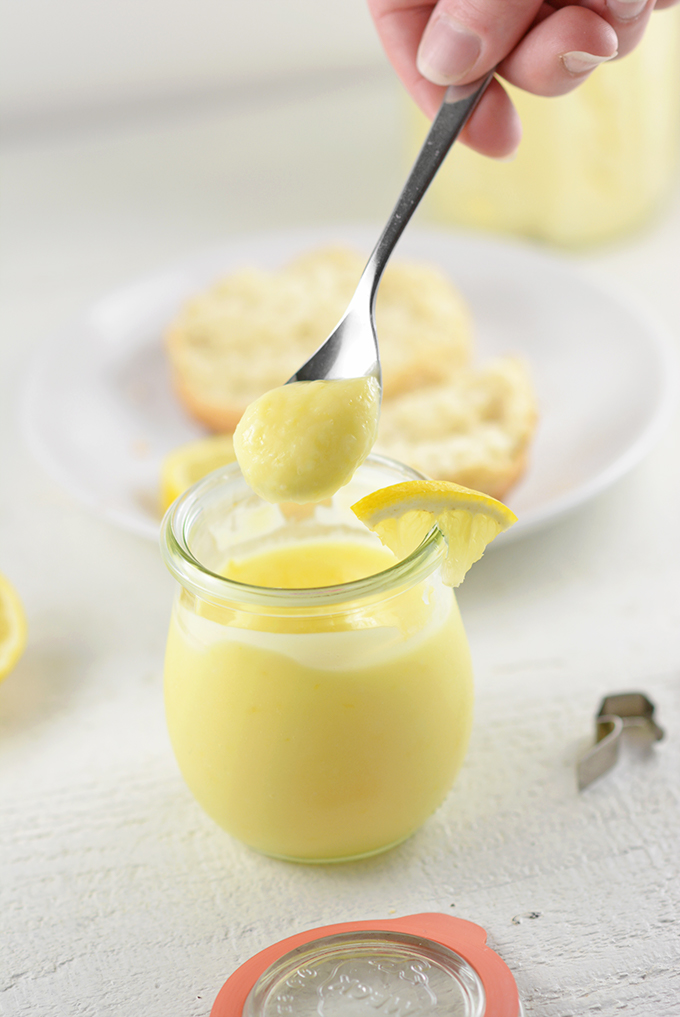
Breakfast almost always involved scones with various accompaniments – things like lemon curd, Marmite, and peanut butter. Yes, peanut butter. My friend kept peanut butter in her cupboard specifically for “Americans.”
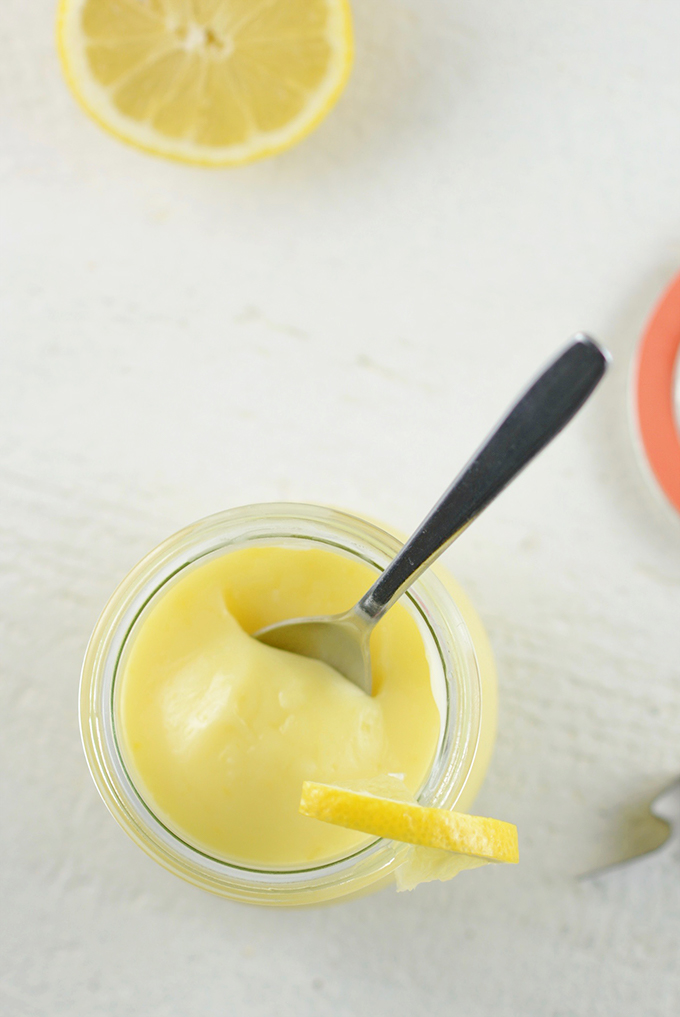
I have to admit, I appreciated the peanut butter. It’s pretty amazing stuff. I also opened my mind and taste buds by giving Marmite and lemon curd a try. To this day I think Marmite (aka yeast extract) is disgusting. Lemon curd, on the other hand, was love at first lick. At least when it came to scones, it was “goodbye peanut butter and hello lemon curd!”
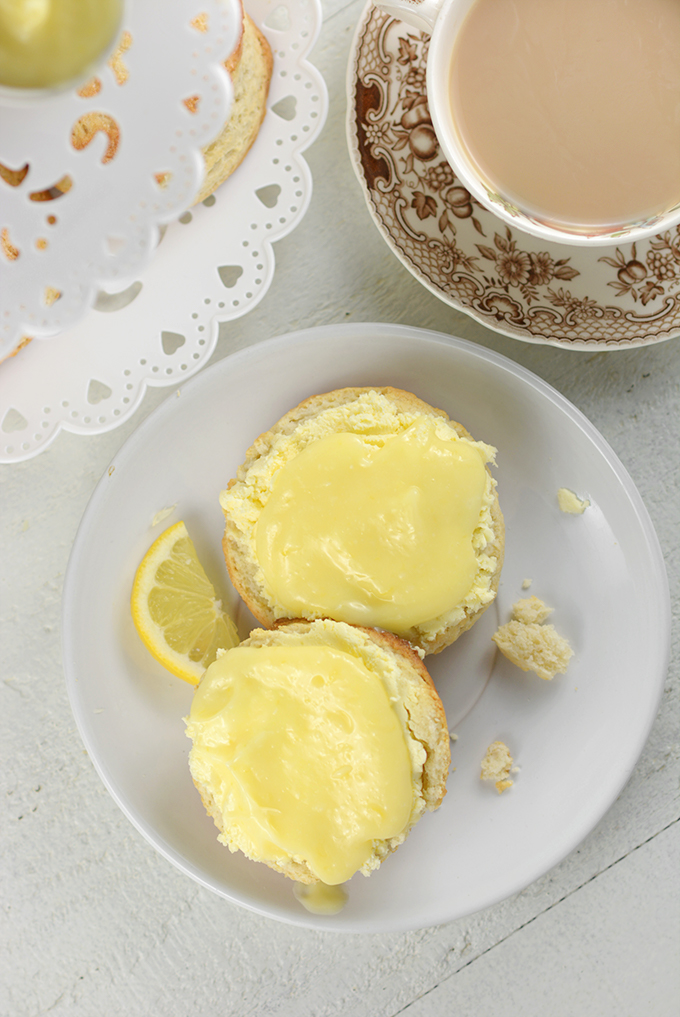
If you’ve never had lemon curd before, the good stuff is smooth and creamy with a sweet and tangy lemon flavor. It’s delightful on just about everything tea time and breakfast – things like scones, pancakes, waffles, and muffins. It can also be a filling in desserts such as doughnuts, pies, cupcakes, cakes, and tarts. It’s certainly the sort of recipe that every happy baker should master.
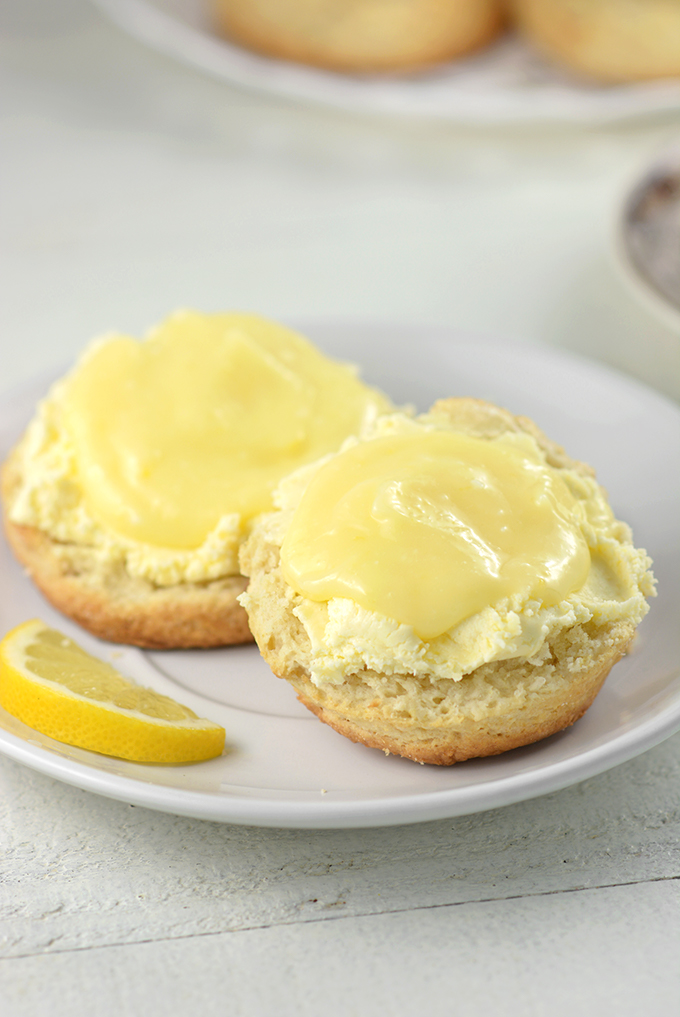
Lemon curd has the distinction of being a challenging recipe while at the same time quite easy to make. It’s easy because it’s made in one pot and comes together quickly. Cooking too quickly or for too long, however, will ruin the batch. There are three keys to making good lemon curd.
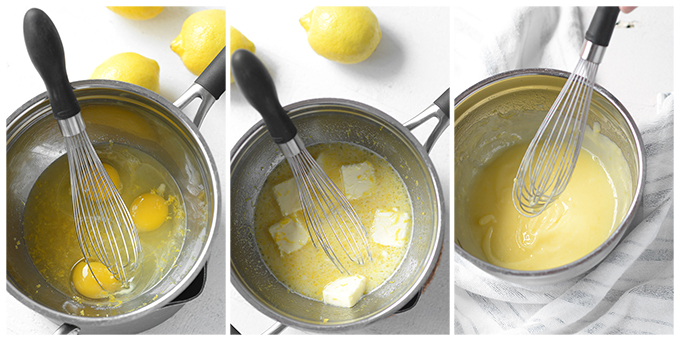
3 Keys to Good Lemon Curd
- Use a double boiler. You can use a commercial product or make your own. To do so, fill a large sauce pan with about 3 inches of water and then place a metal or a glass bowl into the water, taking care that the bowl is partly submerged in the water. This prevents your lemon curd from being over direct heat, which would cause it to burn and curdle.
- Gently whisk constantly. This will cause the lemon curd to cook homogeneously and prevent clumping. As you whisk make sure you’re also scraping the bottom and sides of the bowl.
- Don’t over cook. Over cooked lemon curd becomes too thick and clumpy. To prevent this from happening, cook your lemon curd until it becomes thick and the first bubble appears on the surface. At this point you should immediately remove it from the heat.
So how about it? Trade in your peanut butter and give lemon curd a try today. This sweet, creamy, and tart delight is lip-smacking good!
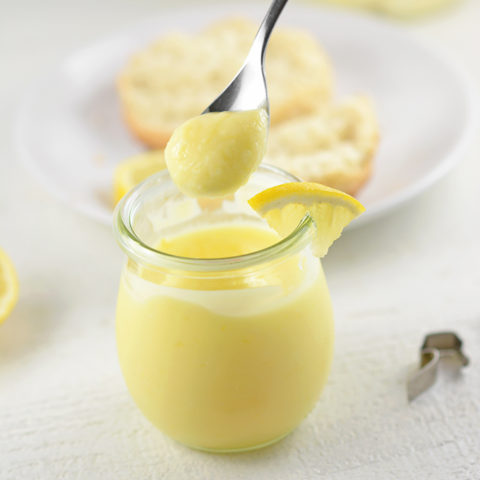
Homemade Lemon Curd
This sweet, creamy, and lemony tart spread will brighten up all of your breakfast and tea time goodies!
Ingredients
- 1/2 C fresh lemon juice (3-4 lemons)
- 2 tsp lemon zest, not packed (about 2 lemons)
- 1/2 C sugar
- 3 large eggs
- 6 Tbsp salted butter
Instructions
- You will be preparing this using a double boiler. For a DIY double boiler fill a large sauce pan with about 3 inches of water. Then place a metal or a glass bowl into the water, taking care that the bowl is partly submerged.
- In your double boiler whisk together the lemon juice, lemon zest, sugar, and eggs.
- Stir in the butter and cook over medium-low heat. While heating, frequently whisk together the sauce to prevent clumping. Cook until the lemon curd is thick and the first bubble appears on the surface, then immediately remove from the heat. Leaving it on the heat too long will cause it to develop a lumpy texture.
- Transfer the lemon curd to a canning jar or other sealable heat-safe container. Bring to room temperature for 1 hour. Transfer to the refrigerator and chill for at least 1 hour before serving. Store in the refrigerator for up to 1 week.
Notes
Serving suggestions: Serve with scones, pancakes, waffles, or muffins. It also make a delicious filling in doughnuts, cupcakes, cakes, pies, and tarts.
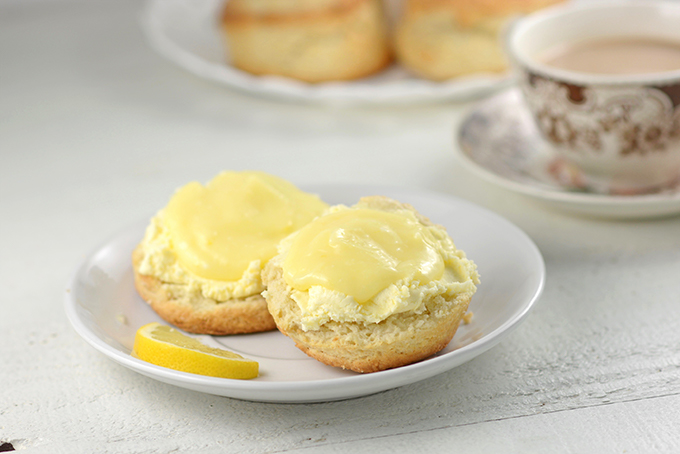
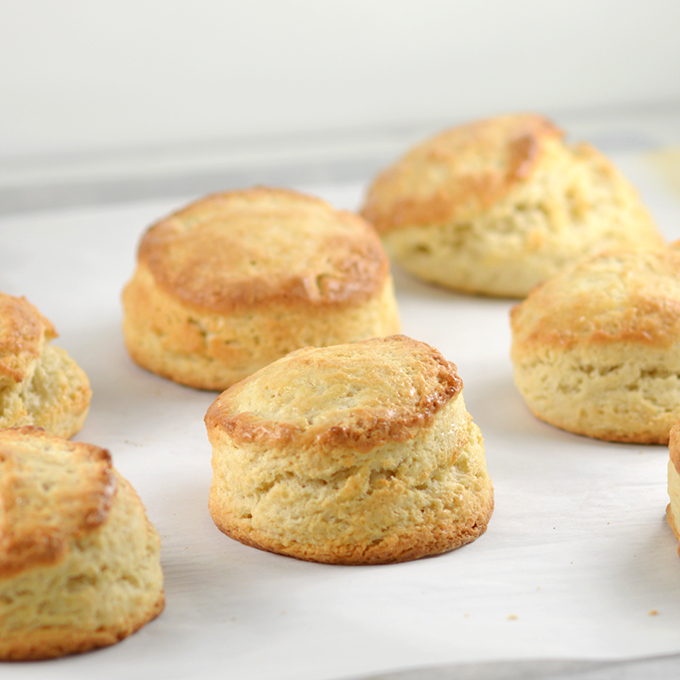
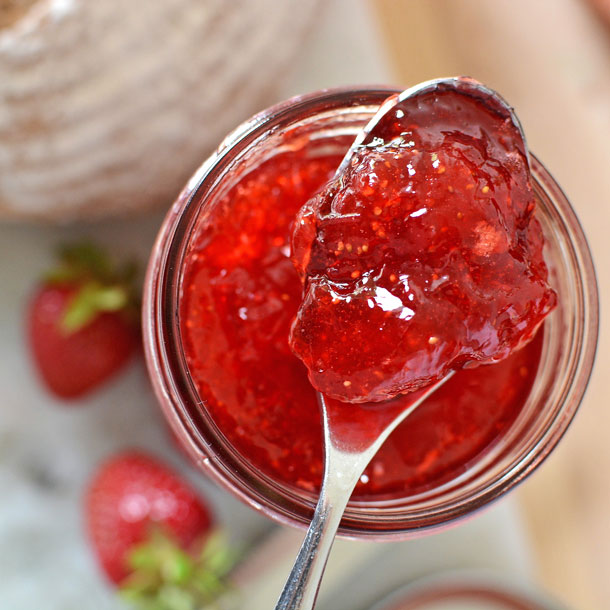
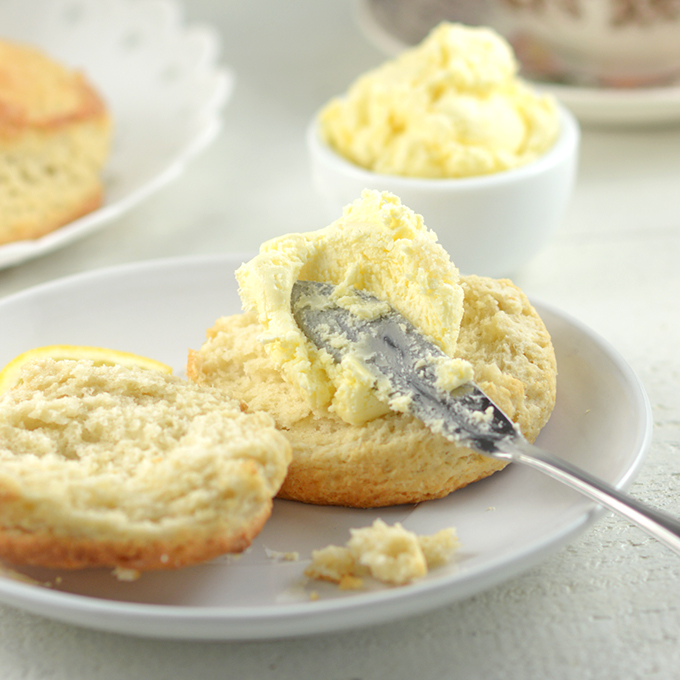


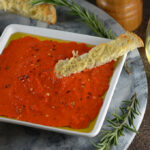

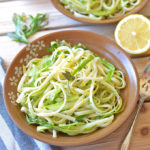
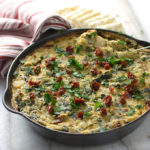
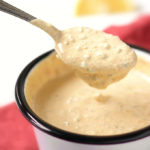


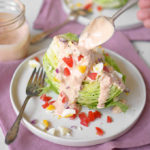
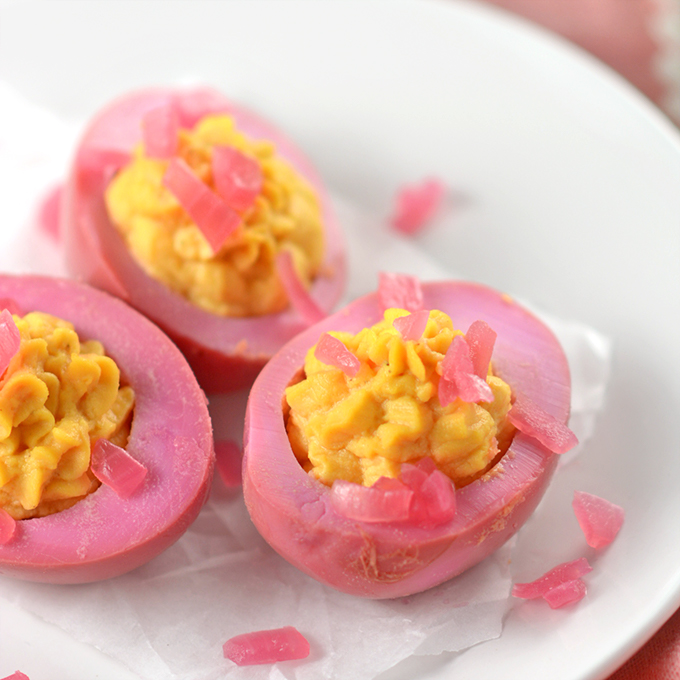
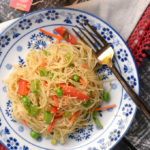
Leave a Reply